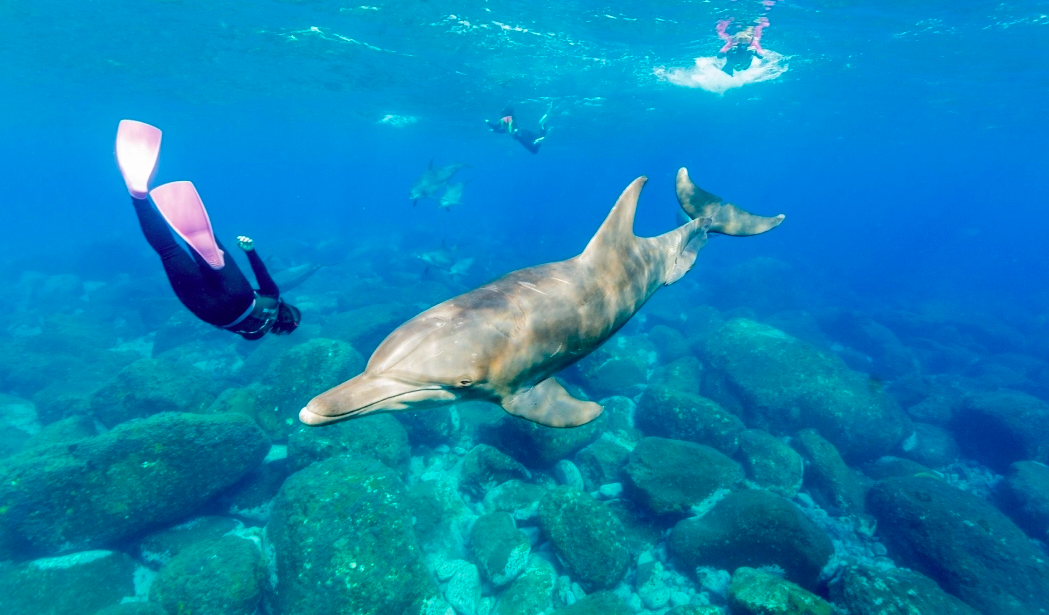In the beaches of Japan, lifeguards are sweeping the waters, ready to prevent the dangers swimmers face in Wakasa Bay, about 320 kilometers from Tokyo. Contrary to common belief, however, the threat is not from sharks but from dolphins, whose attacks in the area have injured at least 47 people since 2022, with some requiring hospital care.
Of course, dolphin attacks also occur in other coastal areas.
According to the New York Times, in 2022, 21 people reported injuries from dolphin attacks along a beach near the city of Ekizen, according to police data from Fukui Prefecture. The following year, the attacks shifted to beaches along the coast near Mihama. In 2023, 10 people were injured, said a Fukui police spokesperson. In one instance, a man suffered broken ribs.
The news outlet, citing police statistics for this summer, reported that since July 21, 16 people have been injured in dolphin attacks, mostly at beaches near Mihama and the nearby city of Tsuruga, with two of them sustaining serious hand injuries requiring dozens of stitches.
Why Are Dolphins Attacking Vacationers?
Although experts do not know the exact reason, several theories exist.
Aggressive Mating Behavior or Loneliness?
Ryoichi Matsubara, director of the Echizen Matsushima Aquarium in Fukui, proposed that it might be the work of a single dolphin, noting that photos and videos from some of the 2022 and 2023 attacks appear to show the same male Indo-Pacific bottlenose dolphin.
The dolphin might be exhibiting mating behavior, he said, adding that in 2022 and 2023, it was observed trying to “press its genitalia against people.” However, in many cases, swimmers were bitten when they approached or tried to touch the dolphin, Matsubara said.
Putu Mustika, a lecturer and marine researcher at James Cook University in Australia, stated that dolphins can unintentionally harm people when exhibiting mating behavior due to their great strength, but it is also possible that some are inherently aggressive.
Dolphins are typically social animals, but there are also solitary dolphins that seek human interaction, like a bottlenose dolphin named Moko, famous in New Zealand for its playful behavior towards swimmers. Even Moko’s behavior became concerning at times, such as when it refused to let a woman return to shore.
Protective Measures Against Dolphin Attacks
In Japan, Fukui Prefecture authorities have implemented several measures to try to reduce the attacks, with varying degrees of success.
They have installed dozens of underwater acoustic devices that emit high-frequency noise to deter dolphins. They have also put up signs and distributed flyers warning vacationers that dolphins can bite or even drag swimmers into the sea. Some beaches have limited swimming hours and started lifeguard patrols.
Above all, they hope to stop people from trying to interact with dolphins, as charming as they may be, since they can be as dangerous to humans as bears.
Ask me anything
Explore related questions





